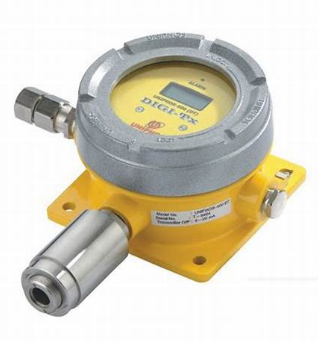
APZEM hydrogen sulfide (H2S) monitor is a specialized device designed to continuously detect and measure the concentration of hydrogen sulfide gas in the air. H2S is a toxic and corrosive gas known for its characteristic rotten egg odor, and it poses significant health risks, including respiratory issues and eye irritation, even at low concentrations. Effective monitoring of H2S is crucial in industries such as wastewater treatment, petroleum refining, natural gas processing, and paper manufacturing.
The hydrogen sulfide monitor operates by drawing in air samples and analyzing them using advanced sensor technologies. Common methods include electrochemical sensors, infrared sensors, and metal oxide semiconductor sensors, which provide accurate and real-time measurements of H2S levels. The monitor processes the data and displays the H2S concentration, often with the capability to trigger alarms if levels exceed pre-set safety thresholds.
Key features of a hydrogen sulfide monitor include continuous monitoring, real-time data display, and alarm systems that provide immediate alerts to the presence of H2S, allowing for quick response and mitigation. Many monitors also offer data logging and connectivity options, enabling integration with broader environmental monitoring and safety systems for comprehensive air quality management.
Hydrogen sulfide monitors are essential for ensuring the safety of workers and the surrounding community by preventing exposure to harmful H2S gas. By providing reliable and accurate detection, these monitors help industries maintain compliance with environmental and occupational safety regulations, reduce health risks, and promote a safer working environment. Their robust design and advanced technology make them indispensable tools in managing air quality and protecting public health.
Sensor Type: Electrochemical
Supply voltage: 24vdc
Output: 4-20mA
Operating temperature: -20 to +50 deg C
Detection range: based on customer needs